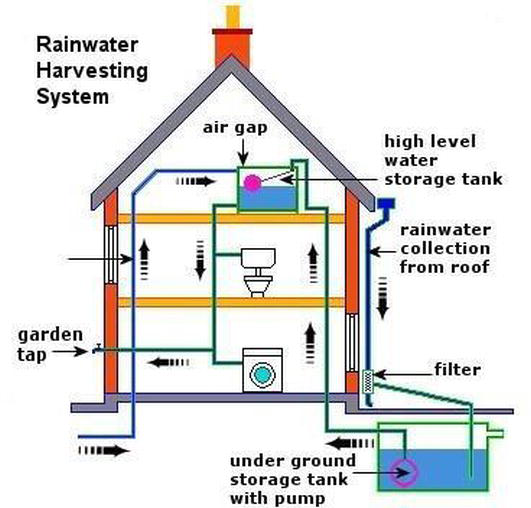
Introduction:
As India grapples with water scarcity challenges exacerbated by climate change and rapid urbanization, the evolution of water storage technology holds immense promise for addressing these pressing issues. This article explores emerging trends and innovations in water storage technology that are expected to shape the future landscape of water management in India.
Smart and Efficient Storage Solutions:
One of the most significant trends in water storage technology is the development of smart and efficient storage solutions. These technologies leverage sensors, IoT (Internet of Things), and data analytics to monitor water levels, quality, and usage in real-time. Smart storage systems can optimize water distribution, detect leaks, and adjust water flow based on demand, thereby improving efficiency and reducing wastage.
Modular and Flexible Storage Systems:
Modular and flexible water storage systems are gaining popularity due to their scalability and adaptability to diverse urban and rural settings. These systems allow for easy expansion or relocation as per changing water storage needs. Innovations include collapsible tanks, stackable containers, and prefabricated reservoirs that can be quickly deployed in areas lacking traditional infrastructure.
Integration of Renewable Energy:
The integration of renewable energy sources such as solar power into water storage systems is another emerging trend. Solar-powered pumps and filtration systems can operate independently of the grid, making water storage solutions more sustainable and cost-effective. This approach not only reduces operational costs but also enhances resilience against power outages.
Advanced Materials and Coatings:
Advancements in materials science are revolutionizing water storage technology. Innovations include the use of corrosion-resistant materials, UV-resistant coatings, and biofilm-resistant surfaces in storage tanks and pipelines. These materials prolong the lifespan of infrastructure, improve water quality, and reduce maintenance requirements.

Innovative Rainwater Harvesting Techniques:
Rainwater harvesting continues to evolve with innovative techniques aimed at maximizing water capture and storage efficiency. Examples include green roofs that absorb rainwater for building use, permeable pavements that recharge groundwater, and advanced filtration systems that ensure harvested rainwater meets quality standards for potable use.
Desalination and Water Reclamation:
Given India’s coastal geography and increasing water demand, desalination technologies are poised to play a crucial role in augmenting water supply. Advances in desalination techniques, including reverse osmosis and membrane distillation, are making seawater and brackish water treatment more energy-efficient and cost-effective. Water reclamation technologies are also being developed to recycle wastewater for non-potable uses, further reducing freshwater consumption.
Policy and Investment Drivers:
The future adoption of these technologies in India will be influenced by supportive policies, regulatory frameworks, and strategic investments. Government initiatives promoting water conservation, sustainable development goals, and public-private partnerships will incentivize the adoption of innovative water storage solutions across different sectors.
Conclusion:
In conclusion, the future of water storage technology in India looks promising with ongoing advancements in smart systems, modular designs, renewable energy integration, advanced materials, and innovative rainwater harvesting techniques. These innovations are expected to enhance water security, promote sustainable development, and mitigate the impacts of climate change on water resources. By embracing these trends and investing in technological solutions, India can achieve resilience in water management and pave the way for a more water-secure future.
As India progresses towards sustainable development goals, the evolution of water storage technology will continue to play a pivotal role in shaping the nation’s water management strategies for years to come.


